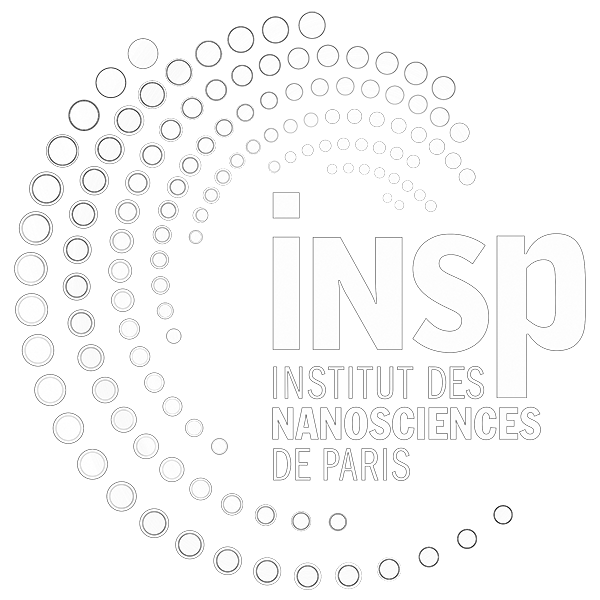22-32-201
Bruno Zappone – CNR-Istituto di Nanotecnologia (CNR-Nanotec) – Rende – Italy
Abstract
Common fluids cannot sustain static mechanical stresses at the macroscopic scale because they lack molecular order. Conversely, crystalline solids exhibit long-range order and mechanical strength at the macroscopic scale. Combining the properties of fluids and solids, liquid crystal films respond to mechanical confinement by both flowing and generating static forces. The elastic response, however, is very weak for film thicknesses exceeding 10 nm. In this study, the mechanical strength of a liquid crystal film was enhanced by introducing topological defects, producing unique viscoelastic and optomechanical properties. Using a surface forces apparatus (SFA), a cholesteric (chiral nematic) material was confined under strong planar anchoring conditions between two curved surfaces with sphere-sphere contact geometry, similar to that of colloidal particles, creating concentric dislocation loops. During surface retraction, the loops shrank and periodically disappeared at the surface contact point, where the cholesteric helix underwent discontinuous twist transitions, producing weak oscillatory surface forces. On the other hand, new loop nucleation was frustrated by a topological barrier during fluid compression, creating a metastable state. This generated exceptionally large forces with a range exceeding 100 nm, as well as extended blue-shifts of the photonic band-gap. The metastable cholesteric helix eventually collapsed under a high compressive load, triggering a stick-slip-like cascade of defect nucleation and twist reconstruction events. These findings were explained using a simple theoretical model and suggest a general approach to enhance the mechanical strength of 1d-periodic materials, particularly cholesteric-colloid mixtures.

